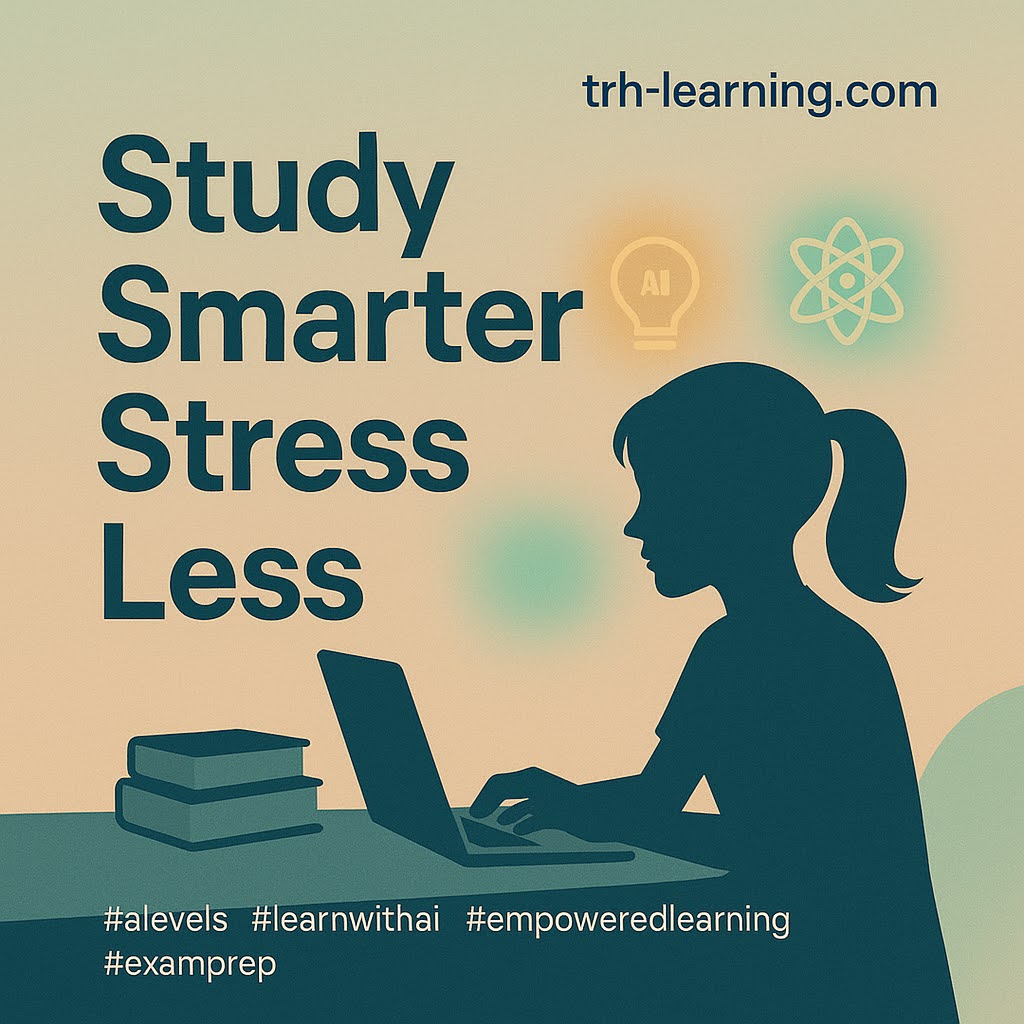"GCSE Chemistry: Bonding and Structure—Visual Learning Techniques"
Bonding and Structure—Visual Learning Techniques
GCSE Chemistry: Bonding and Structure
Understanding bonding and structure is crucial for mastering GCSE Chemistry. This topic covers the different types of chemical bonds and how they influence the properties of substances. Visual learning techniques can significantly enhance comprehension and retention of these concepts.
Types of Chemical Bonds
- Ionic Bonds: Formed when electrons are transferred from one atom to another, resulting in positive and negative ions.
- Covalent Bonds: Occur when atoms share pairs of electrons.
- Metallic Bonds: Involve the sharing of free electrons among a lattice of metal atoms.
Visual Learning Techniques
Visual aids can help students grasp complex concepts more easily. Here are some techniques:

- Diagrams: Use diagrams to illustrate the arrangement of electrons in different types of bonds.
- Models: Physical or digital models can demonstrate the 3D structure of molecules.
- Animations: Animated videos can show how bonds form and break during chemical reactions.
Resources for Visual Learning
There are numerous resources available online to support visual learning in chemistry. For more information, visit our educational blog.
📚
Category: GCSE Chemistry Revision
Last updated: 2025-09-24 09:55 UTC